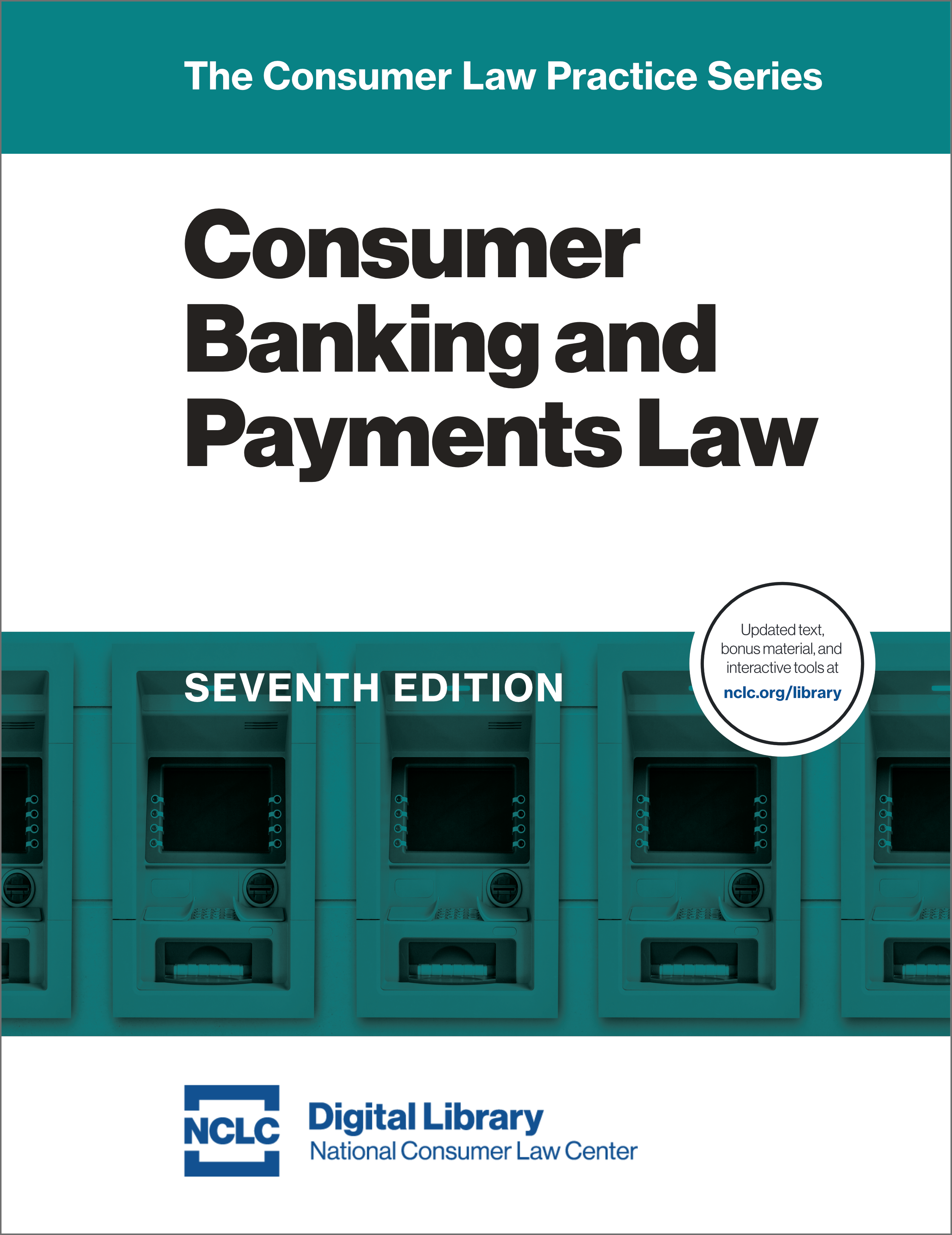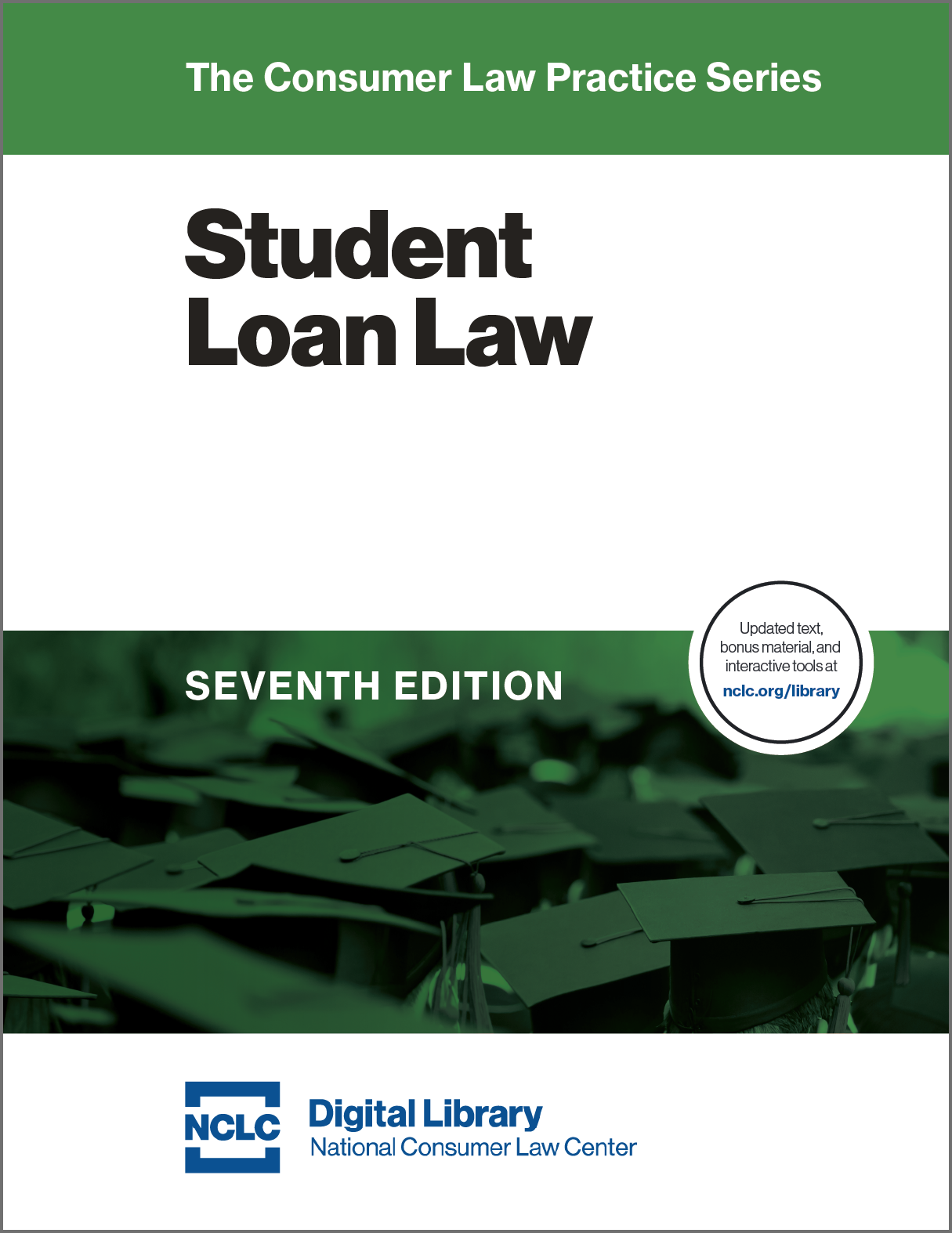Search
Image
Twelve Dramatic Changes Offering Relief for Student Loan Borrowers
This article describes new major relief for student loan borrowers: $10,000 or $20,000 for millions of borrowers, and added relief for those in public service, in default, with disabilities, attending specific schools, with private loans, or with IDR plans. New loan servicers and no more private debt collectors. The article links to more detail and sets out steps borrowers should take now to make the most of the offered relief.
Advising Clients When an Abusive Partner Coerces Debt
This article provides practical tips for advising clients with debt incurred by an abusive partner through coercion and fraud—developing a safety plan, documenting the coerced debt, protecting bank accounts, dealing with unauthorized credit card use, preventing an abuser from opening new accounts in the victimized partner’s name, addressing coerced debt on a credit report, and dealing with home mortgages.
Image

Student Loan Borrower Rights After the Supreme Court Ruling
Forty-five million borrowers are scrambling to figure out options for managing their federal student loans before repayments resume this fall. This article sets out new student loan rights: fresh starts for those in default; the SAVE repayment plan; lower interest charges; avoidance of school arbitration provisions; and easier paths to public service loan forgiveness, bankruptcy discharges, and five types of statutory loan cancellations.
Image

Helping Consumers Harmed by Payment Fraud
Fraud schemes usually include forms of consumer payment that limit consumer ability to stop or reverse payment. This article explains payment methods frequently used in fraud schemes and then sets out practical steps and legal rights that may allow consumers to get their money back, based on each of the common payment techniques fraudsters use to receive the consumer’s payment. Links are provided for further help.

